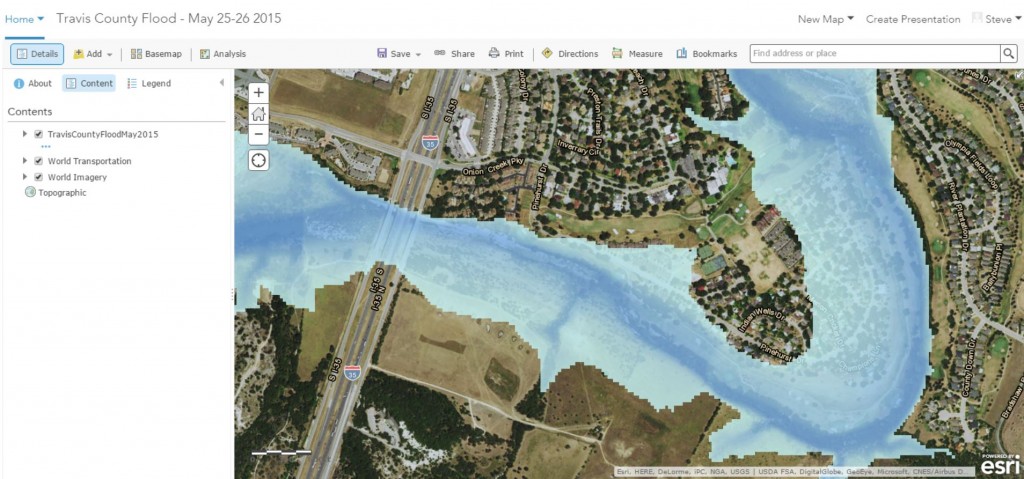By: Steve Kopp
Beginning in 1993, The United Nations set aside March 22nd as World Water Day to bring attention to the importance of water and teach people about water related issues. More than two decades later, we are still talking about water. Last year, the World Economic Forum listed water, including access to safe drinking water and extreme weather including flooding, as the leading risk factor for global crises. Earlier this year, the Forum created a panel that included the United Nations and World Bank to mobilize urgent action for water related issues like these.

Problems with water regularly appear in the news. Most recently, poor water quality in Flint, Michigan has drawn the attention of people throughout the United States. The news media is reporting on record droughts in California and South Africa while at the same time documenting floods in the southern US including Texas, as well as Northern England.
White House Water Summit
Yesterday in an ongoing effort to raise awareness about water issues like these, people everywhere recognized the United Nations’ World Water Day. To celebrate, Esri joined 150 government agencies, universities and tech companies at the White House Water Summit. We came together to share ideas about how to manage water sustainably. Esri announced an initiative to further our efforts in flood mitigation, including providing access to runoff and flood forecast modeling results through easy-to-use web mapping applications.

This effort builds on Esri’s long history of collaborating on solutions for water resource management with our customers. We work with the Federal government and academic research community, including NOAA and the National Water Center, NASA, the National Center for Atmospheric Research, the University of Texas at Austin, Brigham Young University, and our business partner KISTERS to help build solutions that can be used throughout the country to help assess risk and implement mitigating solutions.
Partnering to Understand Stream Flow
Last year these combined efforts in research and software development resulted in a system to forecast stream flow for 2.7 million stream reaches in the US. That methodology has now operationalized by NOAA as the National Water Model, announced yesterday. In the near future, Esri will also release the free open source geoprocessing tools and Python script tools we developed as part of this effort, so any organization can use them in their own solutions.
Our new commitment for the White House Water Summit is to develop software and visualization tools that make the forecasts from the National Water Model easy to use in GIS and web mapping software. We will do this by publishing multi-scale temporal web services and will also continue to drive research and development that leverages this new resource.
Looking Ahead to Forecasting
We are focusing our efforts on flood inundation forecasting, as well as the development of web applications. We plan on integrating these inundation forecasts with additional information such as demographics for improved planning and response that is necessary for flood events.
Our hope as a technology company is that our work can be a catalyst to other organizations and communities to understand flooding events and be better prepared to protect people and property. Better planning for these types of events, and providing a way for the community to share accurate information quickly, will lead to protecting even the most vulnerable.
insider